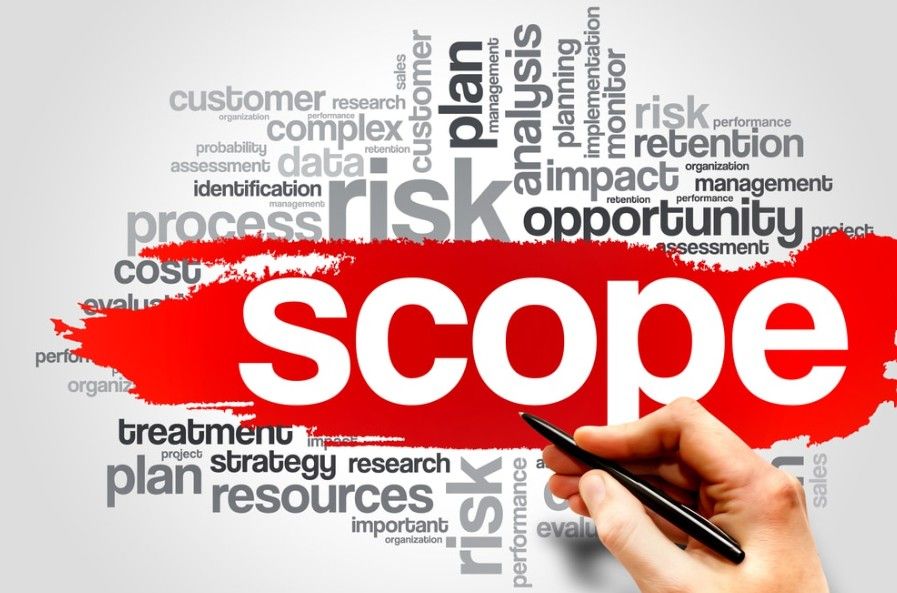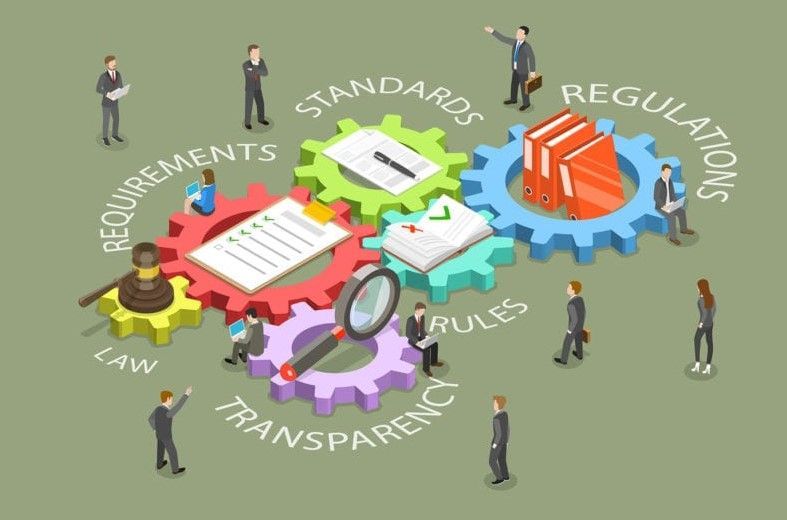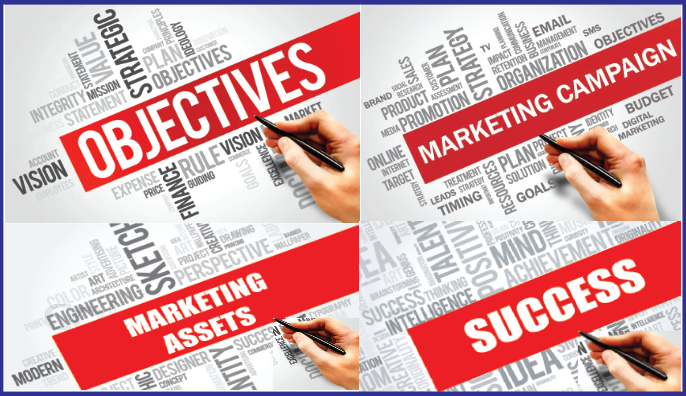Risky Business
June 17, 2025
Why don’t we talk more about risk? It permeates business every day. But at the hundreds of meetings and events we participate in each year—both in-person and virtually—we’ve noticed that risk is rarely mentioned.
Maybe risk is too much on our minds. In an increasingly uncertain world, risk is a constant companion that we just don’t pay much attention to. Maybe it’s fear of failing that keeps awareness at bay. Either way, the right attitude is critical. “Don’t be scared to try stuff,” advises Paralympics gold medalist rugby player Mark Zupan. Says La La Land Academy-Award winner Emma Stone: “Be excited to fail.”*
What risks does your business face? How do you identify and deal with them? Here are some of our thoughts. Tell us yours. Contact us with your comments. Gold medals or golden Oscars may not be in our futures, but golden opportunities are. Let’s “try stuff” and go for the gold to start the new year.
Developing New Products: Developing new products is a classic and significant risk. Traditionally, nine out of ten new products fail, which can be catastrophic to a business in ways much of the public can’t appreciate. The cost of research and development can be extremely high. And even the best hitters in baseball get it right only three times out of ten. How many major league teams would pay top dollar for a .100 hitter? Individual new business products must be homeruns from time to time. You must also be comfortable charging a justifiable price that gives you a fair profit margin. In other words, if the value is there, learn how to communicate that value and get the full price your product deserves. (We can help.)
Larger companies reduce their risk because they comb research studies for ideas and conduct their own qualitative and quantitative research. They test products in various markets and conditions. They can explore—and then discard—new products before investing too much. What about smaller companies? A simple tactic some use is to just “ask around” in their markets to gauge the first impressions of a few qualified, honest colleagues and customers. This approach is in fact legitimate qualitative research that doesn’t cost much, if anything, but can be surprisingly useful. It often provides at least a reasonable idea of what to do next—from killing the idea to doing more in-depth research to testing a concept or even to producing a product or launching a service. First impressions are often telling.
Knowing Which Business You’re In—or Should Be In: Someone buying a bar on Chicago’s north side near Wrigley Field, the iconic home of the Chicago Cubs, might anticipate a low level of risk. Thirsty baseball fans will always be looking for cold beers, and the Cubs will always be a draw . . . until an out-of-the blue pandemic shuts down nearly everything: restaurants, bars, even iconic ballparks. In clinical business-school speak, this unhappy circumstance might be described as “an acute, unknowable external threat.” Ain’t it the truth.
After he invented Kitty Litter and “brought the cat indoors,” entrepreneur Edward Lowe thought his future lay in the retail pet-care business. The next obvious step? Open pet stores. Unfortunately, he soon learned the hard way that his business was manufacturing , not retail pet care. Determining where his expertise truly was—what business was he in—might have reduced the risk to zero. In other words, not pursuing the pet-store business at all.
Getting the Timing Right: Related to the risks of developing new products are the risks of entering new markets. One of those is timing, either too early or too late. Even well-run corporate giants can get it wrong. Cisco recently announced that it is, in the words of The Wall Street Journal (December 29), “pulling the plug on a flagship effort to help digitize the modern city, the latest example of a big tech company struggling to enter a new market.” The article lists other large-company, large-investment risks that failed: IBM’s attempt to bring its Watson artificial intelligence system into industries like health care, Microsoft’s fumble in its effort to break into the hot smartphone market, and Intel’s inability to play a bigger role in augmented virtual reality. In fact, The January 23rd Wall Street Journal reported that IBM, once the largest US company in the 1980s, has been the biggest drag on the Dow Jones Industrial Average since January 1. This despite being in technology, the hottest sector of the economy. That’s a clear indication of how much risk is out there and how hard it is over time to be successful in business.
Facing “Torpedo” Risks—Litigation, for Instance: Most businesses face multiple risk-generating challenges. For others, a single factor can be critical, even one that’s known. A construction company client shared with us that any issue that results in litigation on a construction project practically guarantees that the project won’t make money. The implications for lawsuits based on design, management, quality control, and other areas are endless. Risk mitigation in this kind of situation calls for superior diligence and quality—and ready access to a skilled law firm experienced in your industry.
Recognizing Red Light Risks: The current bull stock market offers a good example. But your business can be put on high alert by flashing red lights in your company, your industry, and the markets of your customers and suppliers. Do you know what they are? Are you paying attention?
Stock purchases incur at least two kinds of risk—the usual one that stocks can lose value and a second related to the amount of leverage used if those purchases are financed. When the direction of a bull market finally turns negative, margin calls from lenders can result in increased selling to satisfy those calls. Record margin debt traditionally signals that “bouts of volatility” aren’t far away ( The Wall Street Journal , December 28) and greater risk as the market falls further. Flashing Red Light: In November, investors borrowed a record $722.1 billion against their investment portfolios.
A fundamental way to mitigate risk is through diligent preparation.
Knowingly or not, Zupan and Stone followed a common sports philosophy advocated by both Alabama’s legendary football coach Bear Bryant and Duke’s (also legendary) basketball coach Mike Krzyzewski, Coach K: The will to prepare to win is as important as the will to win. A key factor in productive preparation is training and other hard-work processes that change behavior to develop and reinforce new habits.
We know that’s true, in part, because we train business developers such as sales reps, executives, and professionals in consultative selling. The very best—the 20 percent that bring in 80 percent of the new business—use the same behaviors to sell. But they’re not the behaviors that less productive business developers use, because they form a customized sales process that other salespeople don’t have. Building a truly customized sales process is a low-risk investment. It not only helps to sell current products and services but also accelerates the ability to sell new ones and to mitigate the risk of launching new products. We’ve seen too many solid products fail because the company’s sales process wasn’t up to the task of supporting a new product.
We know how to mitigate that risk by customizing your sales process. We would love to speak with you about how risk mitigation can increase the odds of success for your next new market entry—and will likely improve the sales of your current products. Be proactive where you can control risk; be prepared for risks you cannot anticipate.
To learn more, please get in touch with us at 847-446-0008 Ext. 1 or pkrone@productivestrategies.com .
* Stone is not an athlete, and her philosophy doesn’t come from athletics, but it does come from overcoming similar competitive obstacles. Improvisation troupes were her sports teams, she explains. That’s where she learned lessons fundamental to sports: Get knocked down, get back up, use experience and training to get better, power through to the finish. Repeat.
The post Risky Business appeared first on Productive Strategies, Inc..










